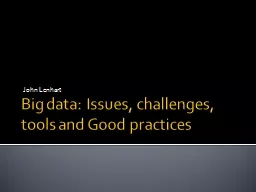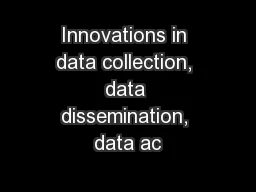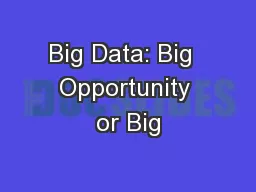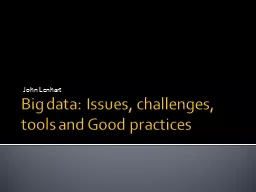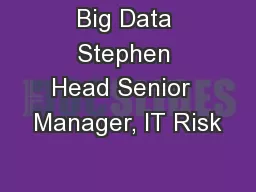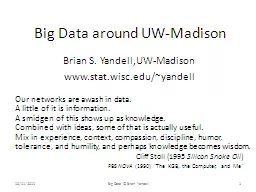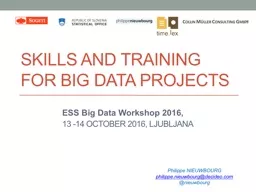PPT-Big data: Issues, challenges, tools and Good practices
Author : lois-ondreau | Published Date : 2019-12-20
Big data Issues challenges tools and Good practices John Lenhart Motivation Data stores are growing by 50 each year and that rate of increase is accelerating 1 In
Presentation Embed Code
Download Presentation
Download Presentation The PPT/PDF document "Big data: Issues, challenges, tools and ..." is the property of its rightful owner. Permission is granted to download and print the materials on this website for personal, non-commercial use only, and to display it on your personal computer provided you do not modify the materials and that you retain all copyright notices contained in the materials. By downloading content from our website, you accept the terms of this agreement.
Big data: Issues, challenges, tools and Good practices: Transcript
Download Rules Of Document
"Big data: Issues, challenges, tools and Good practices"The content belongs to its owner. You may download and print it for personal use, without modification, and keep all copyright notices. By downloading, you agree to these terms.
Related Documents

